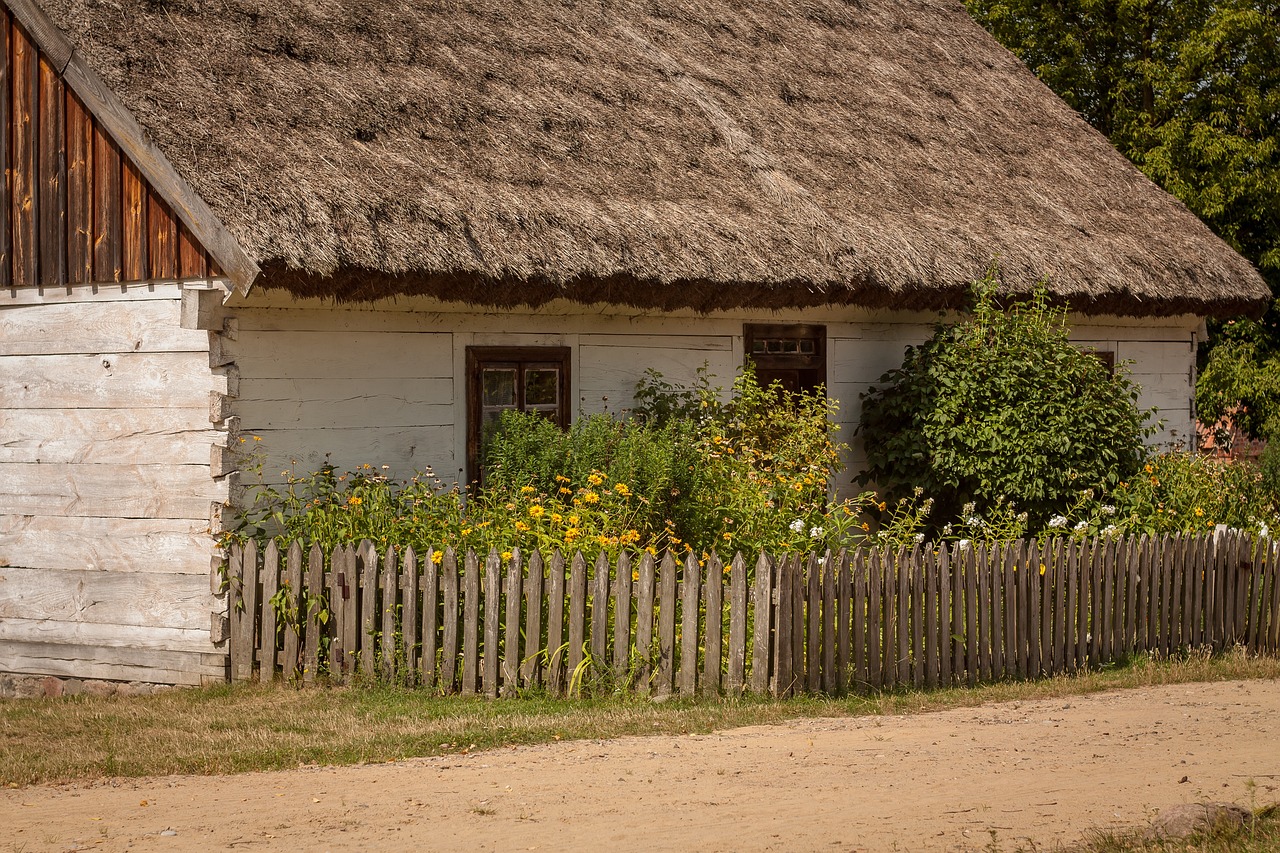
Agritourism, an innovative fusion of agriculture and tourism, is experiencing a significant rise in Central and Eastern Europe (CEE), offering unique travel experiences while fostering a deeper connection with rural traditions and lifestyles. This growing sector reflects a shift in tourist preferences towards more authentic, sustainable, and immersive experiences, away from conventional sightseeing.
In CEE, with its rich agricultural heritage and diverse rural landscapes, agritourism is not just a way for visitors to experience the tranquillity and beauty of the countryside; it also represents an important economic opportunity for rural communities, often hit hard by urban migration and economic shifts.
Countries across the region, from the rolling hills of Poland to the vineyards of Hungary, the vast plains of Romania, and the mountainous terrains of Slovenia, are seeing a growing number of farms diversifying into tourism. These agritourism ventures range from family-run bed and breakfasts and farm stays to more elaborate setups offering a wide range of activities like horse riding, fruit picking, wine tasting, and traditional cooking classes.
In Poland, for instance, agritourism has become increasingly popular in regions such as Lesser Poland and Masuria, where visitors can stay in rural cottages and participate in activities like bread making, cheese production, and even beekeeping. These experiences allow tourists to immerse themselves in the local culture and way of life, offering a stark contrast to the hustle and bustle of city life.
Hungary’s agritourism is largely centred around its wine regions, such as Tokaj and Eger, where vineyard tours and wine tastings are combined with stays in rustic lodges or guesthouses. This not only promotes Hungarian wine culture but also introduces visitors to the region’s culinary traditions and history.
Romania offers a unique agritourism experience in its picturesque countryside, especially in regions like Transylvania and Maramureș. Visitors can experience traditional village life, with opportunities to engage in activities like sheep herding, haymaking, and enjoying local folk music and dances.
Slovenia, with its lush landscapes and commitment to sustainability, is emerging as a prime destination for eco-friendly agritourism. The country’s farm stays often focus on organic farming practices, and visitors can enjoy activities such as hiking, cycling, and exploring the local flora and fauna.
Agritourism in CEE also plays a significant role in preserving rural traditions and sustainable farming practices. Many agritourism farms practise organic or biodynamic farming, helping to maintain biodiversity and promote environmental stewardship. They often serve as educational platforms, raising awareness among visitors about sustainable agriculture and the importance of preserving rural landscapes and cultures.
However, developing agritourism in CEE also presents challenges. These include the need for investment in infrastructure, marketing, and service quality to meet the expectations of international tourists. There is also the challenge of balancing tourism development with the preservation of the rural character and environmental sustainability.
Governments and regional bodies in CEE are increasingly recognizing the potential of agritourism and are providing support through funding, training, and marketing initiatives. The integration of agritourism into regional development strategies reflects an understanding of its value as a tool for rural development and sustainable tourism.
In conclusion, the rise of agritourism in Central and Eastern Europe offers a promising path for rural development, cultural preservation, and sustainable tourism. By bridging the gap between urban and rural life, agritourism provides a unique and enriching experience for visitors and a vital source of income and revival for rural communities. As the sector continues to grow, it holds the potential to contribute significantly to the sustainable and inclusive development of the CEE region.






